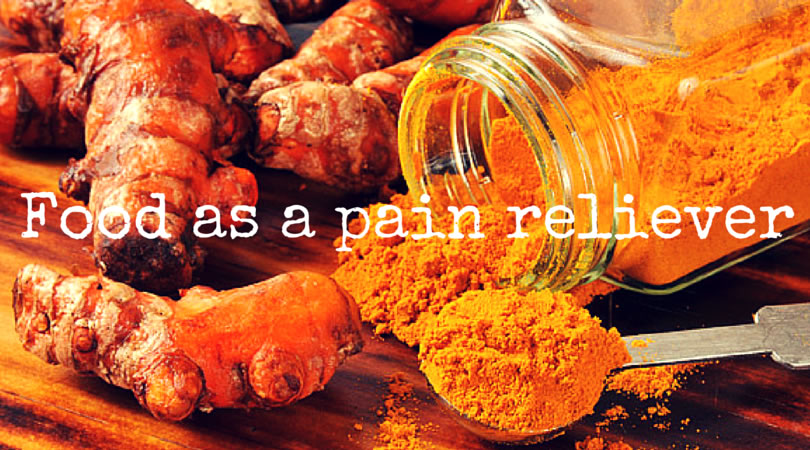Integrating foods into your diet that don’t stimulate the inflammatory chemicals in your body can fight inflammation, significantly reducing pain.
Weight and nutrition may be a popular topic in the summer months, but most people could benefit from keeping these subjects top-of-mind all year round. Experts are finding that diet and excess weight are often a critical factor when it comes to pain and inflammation associated with health conditions like lupus, rheumatoid and osteoarthritis, and fibromyalgia.
Is it possible that the food you consume is at least partially responsible for the pain you experience, and that it aggravates your system and intensifies pain?
What about the other side of this- do some foods have the ability to reduce pain?
We all know that what we eat has an effect on how we feel- sluggish, energetic, overly full, satisfied- but food as a natural pain reliever is a concept that too few embrace, and it can make all the difference.
I explored these ideas in an episode of Aches and Gains, Foods that Fight Pain & Slim the Body. My guest Anne Wilson’s life was disrupted by constant pain associated with osteoarthritis and rheumatoid arthritis. She was 50 pounds overweight and found that the worse she felt, the worse her eating habits became. It was a vicious cycle.
Anne heard about the book Diet for a Pain-Free Life by Dr. Harris McIlwain, whom I interviewed on that same Aches and Gains episode. Following the path the book laid out in phases, Anne adopted a diet that’s helped her reclaim her life.
What helped her turn her life around exactly? Adding certain foods and limiting others.
Before her lifestyle overhaul, the single mother said she was unable to do seemingly simple things like get on the floor and play with her children. Anne found that eliminating red meat from her diet led to the most significant results of all. She also stopped drinking soda and added fresh, rather than canned vegetables and fruits. Several weeks in, Anne was able to be much more active and began exercising. Now, not only is she 50 pounds lighter, but she feels 80% better and no longer has to rely on medications like Vicodin to manage the pain.
Dr. McIlwain’s book is helping people like Anne improve their quality of life. By sharing his “prescriptions” for a lifestyle that can reduce pain, pounds and stress, he has made people see the crucial role diet and weight plays in their lives, especially those who experience persistent pain.
Certain foods activate chemicals in our bodies that produce inflammation, which leads to pain. As you may have guessed, these foods include “fast” and fried foods, animal protein, foods laden with chemicals, and maybe highly concentrated sugars.
Cutting back or eliminating these foods from your diet is helpful, but integrating nutrition powerhouses that don’t stimulate these inflammatory chemicals ups the ante- these include blueberries, dark cherries, fish and yogurt. Ginger and bromelain (a chemical found in pineapple) can actually help reduce pain by limiting the production of the molecules in our bodies that lead to inflammation.
Looking for dinner inspiration with these new guidelines in place? Check out these healthy recipes.

